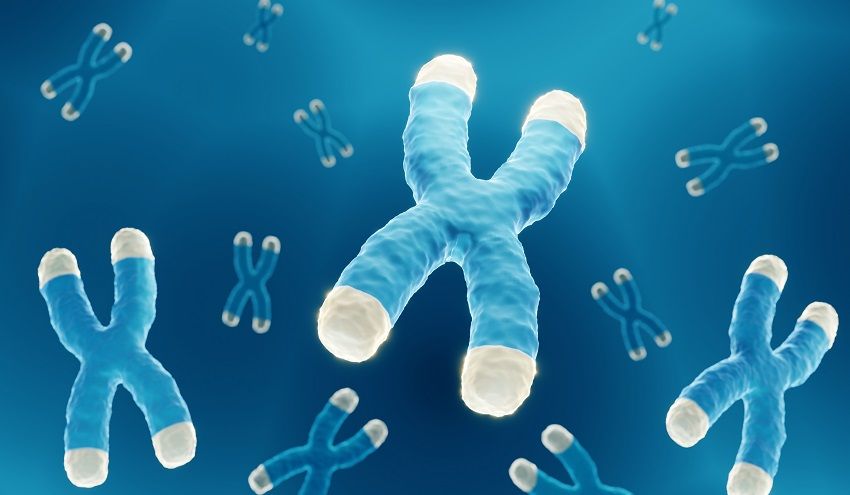Telomere length has been proposed as the candidate for aging biomarkers. Telomeres are nucleoprotein structures located at the ends of eukaryotic chromosomes. The observation that telomeres shorten with increasing age and are implicated in cellular aging has led to the proposal that telomere length is an aging biomarker. Support for this hypothesis is provided by human studies that have found a significant inverse relationship between telomere length and several age-sensitive measures, aging-related conditions, disease, and mortality.
 Fig .1 Telomere attrition, telomere length, and telomerase. (Arsenis N C, et al. 2017)
Fig .1 Telomere attrition, telomere length, and telomerase. (Arsenis N C, et al. 2017)
CD BioSciences provides exceptional development services for utilizing telomere lengths as aging biomarkers. Our company emphasizes scientific excellence and technological innovation to offer solutions that support the exploration of telomere length variations in the context of aging research.
Sample Requirements
At CD BioSciences, we prioritize the handling of biological samples with precision and care. Whether we are working with human, animal, or cell culture samples, our experts ensure that samples are collected and stored in optimal conditions to preserve the integrity of telomere length measurements.
Our Development Workflow of Telomere Length-Based Aging Biomarkers
- Sample collection and characterization
Biological samples are provided by the client and need to be as representative as possible of different age groups, ensuring diversity in gender, ethnicity, and health status. We characterize the samples and make detailed records.
- Telomere length measurement
We utilize standardized methods for measuring telomere length from the collected samples. Techniques such as terminal restriction fragment (TRF) analysis, quantitative polymerase chain reaction (qPCR), and fluorescence in situ hybridization (FISH) can be employed for precise measurements.
- Correlation analysis with aging phenotypes
We perform correlation analyses to investigate the relationship between telomere length and various aging-related phenotypes, such as physical function, cognitive performance, and incidence of age-related diseases. We evaluate the association between telomere length and chronological age within the study cohort to identify trends in telomere attrition across different age groups.
- Longitudinal studies
We establish a longitudinal study design to monitor changes in telomere length over an extended period within a subset of the cohort. Longitudinal data can reveal patterns of telomere attrition and its implications for aging processes.
- Validation and statistical analysis
We validate the findings and observations by conducting statistical analyses to assess the strength of the relationship between telomere length and aging phenotypes. Utilize appropriate statistical models to account for confounding variables and potential biases.
Applications of Telomere Length as Aging Biomarkers
- Assessment of biological aging
We use telomere length as a biomarker to offer insights into biological aging processes beyond chronological age.
- Predictive value for age-related diseases
We employ telomere length as a biomarker to correlate with various age-related diseases, including cardiovascular diseases, diabetes, neurodegenerative disorders, and certain cancers, providing a potential predictive value of telomere length for age-related disease risk.
- Response to interventions
We use telomere length as an aging biomarker to facilitate the exploration of the possibility of modulating telomere length through lifestyle interventions such as physical activity, dietary modifications, and stress management techniques.
CD BioSciences is committed to scientific rigor and innovation, making us the preferred partner for developing telomere length-based aging biomarkers. If you are interested in our services, please feel free to contact us or make an online inquiry.
Reference
- Vaiserman A, Krasnienkov D. Telomere Length as a Marker of Biological Age: State-of-the-Art, Open Issues, and Future Perspectives. Front Genet, 2021, 11: 630186.
All of our services and products are intended for preclinical research use only and cannot be used to diagnose, treat or manage patients.



 Fig .1 Telomere attrition, telomere length, and telomerase. (Arsenis N C, et al. 2017)
Fig .1 Telomere attrition, telomere length, and telomerase. (Arsenis N C, et al. 2017)
